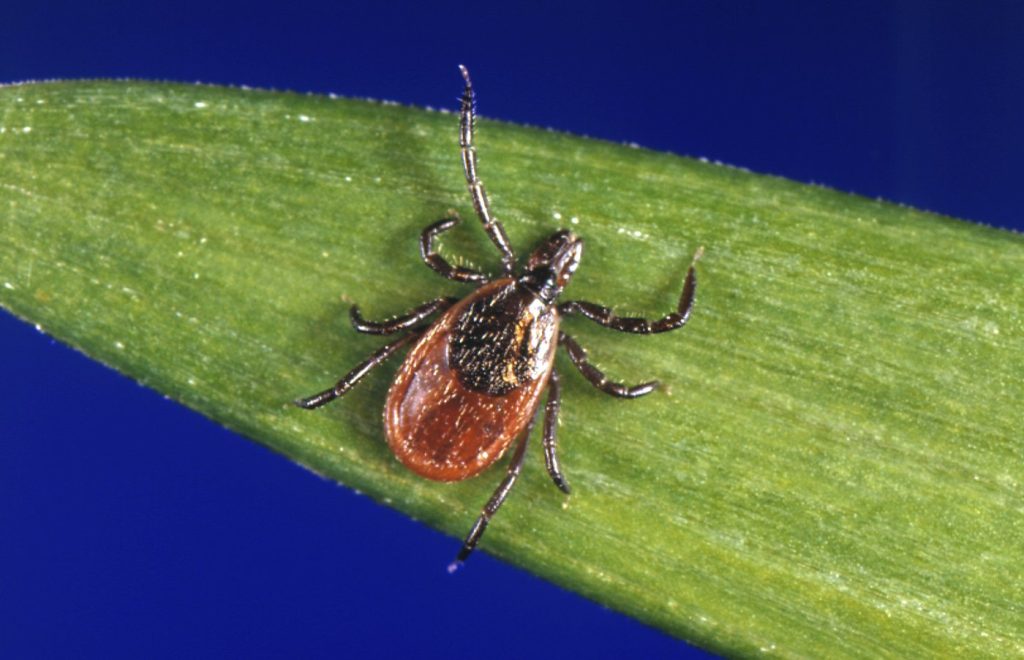Ontario tracks spread of tick borne illnesses; top doctor links it to climate change

Posted July 2, 2023 9:31 am.
Ontario’s top doctor expects to see a growing number of cases of three types of tick-borne illness in the province, in addition to Lyme disease – a spread he says is directly linked to climate change.
A new regulation that takes effect this weekend requires health-care providers in Ontario to report cases of anaplasmosis, babesiosis and Powassan virus to their local medical officers of health.
There have been anecdotal reports and publications about the three illnesses being found in Ontario in recent years, but the province now needs to start formally tracking them, said Chief Medical Officer of Health Dr. Kieran Moore.
“We can now count and track when these illnesses are occurring, map it for a risk map and be able to inform the public when these diseases become more prevalent,” he said in an interview.
“It’s absolutely expected that we’ll have greater incidence over the next several years because this is a known wave of infections that we’ve seen migrate up the coastline of northeast North America and anticipate them affecting Ontarians.”
Over the last 20 years there has been a rise in the incidence of Lyme disease as ticks, particularly black-legged ticks, are able to survive the winters, Moore said. The United States has seen waves of anaplasmosis, babesiosis and Powassan virus come after cases of Lyme disease, Moore said, and he expects to see that in Ontario as well.
“It is simply from the ability of these ticks, that are now able to survive our winters and stay and breed over their two-year lifecycle,” Moore said.
“We’ve seen them migrate from the mid-eastern United States and now that wave of migration we’ve seen go through Connecticut and New York and these diseases are following in the footsteps of Lyme disease and we anticipate that we’ll have more cases of these.”
Anaplasmosis is caused by bacteria that gets into a person’s bloodstream through a tick bite. It causes fever and chills, but can also suppress bone marrow and the creation of white and red blood cells, as well as platelets, Moore said.
Babesiosis, on the other hand, presents similarly to malaria, he said. Ticks transmit intracellular parasites, which get inside a person’s red blood cells and burst them, so people can present with anemia, along with having fever and chills.
Most infections of Powassan virus are asymptomatic, but people might have fever, headache, nausea, vomiting, weakness, or aches and pains. But after an acute phase and a period of remission, an infected person may experience confusion, loss of co-ordination, difficulty speaking, paralysis, seizures or coma, said Associate Chief Medical Officer of Health Dr. Michelle Murti.
“Approximately 50 per cent of people who survive severe disease have long-term health problems, such as recurring headaches, loss of muscle mass and strength, and memory problems,” she said.
There is no specific treatment for Powassan virus disease, according to the Centers for Disease Control in the United States, rather patients’ symptoms are managed. Anaplasmosis and babesiosis can be treated with antibiotics for symptomatic cases.
To prevent tick bites, people spending time outdoors are advised to use insect repellent and wear permethrin-treated clothing, then do a daily tick check. Anyone who has found a tick attached to them should see a doctor if they get a fever within the next month, Moore said.








